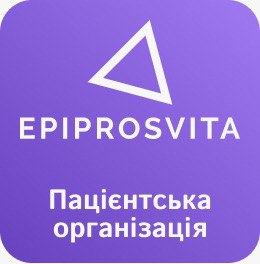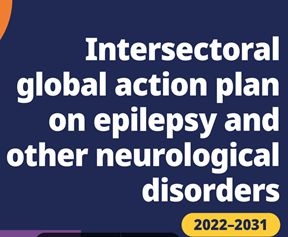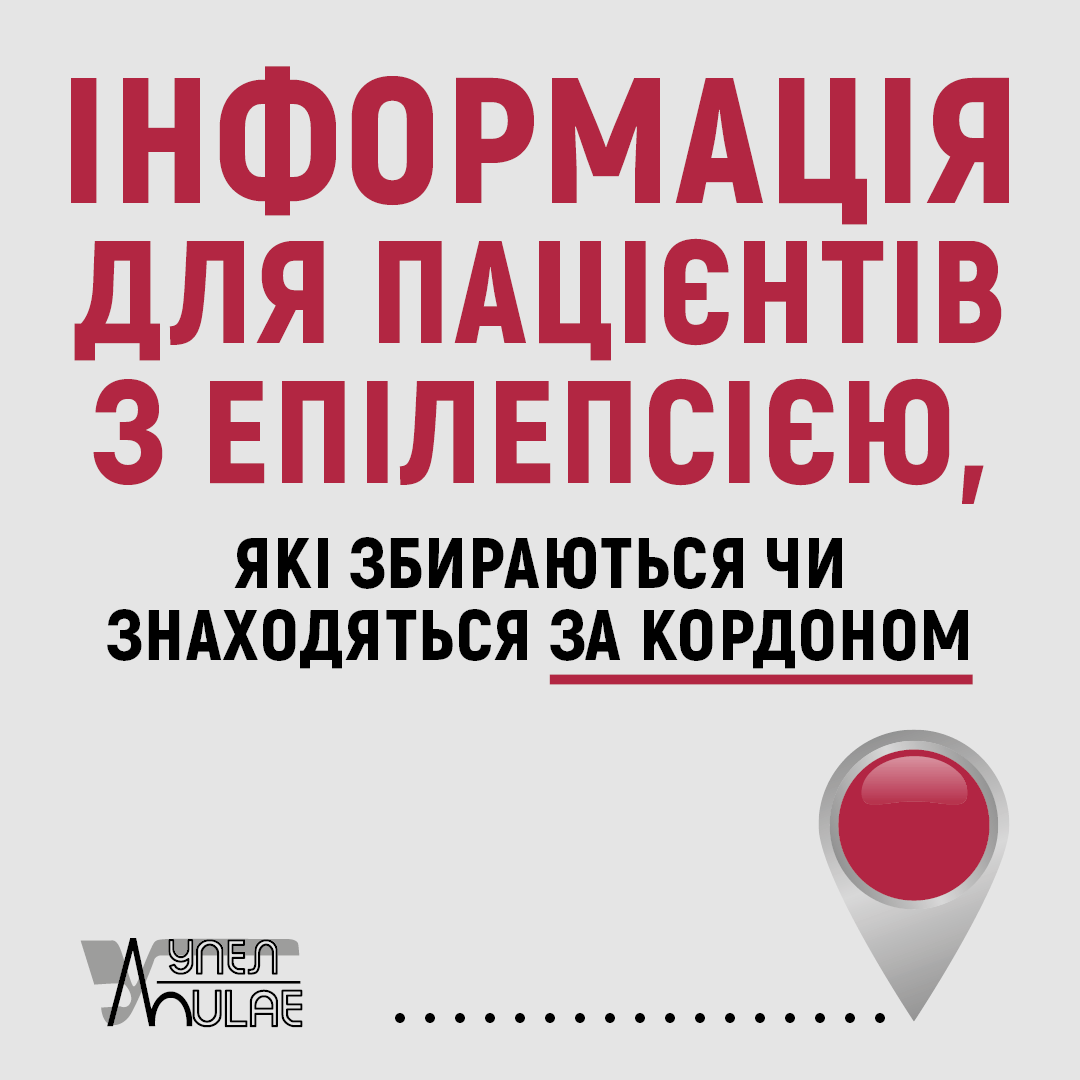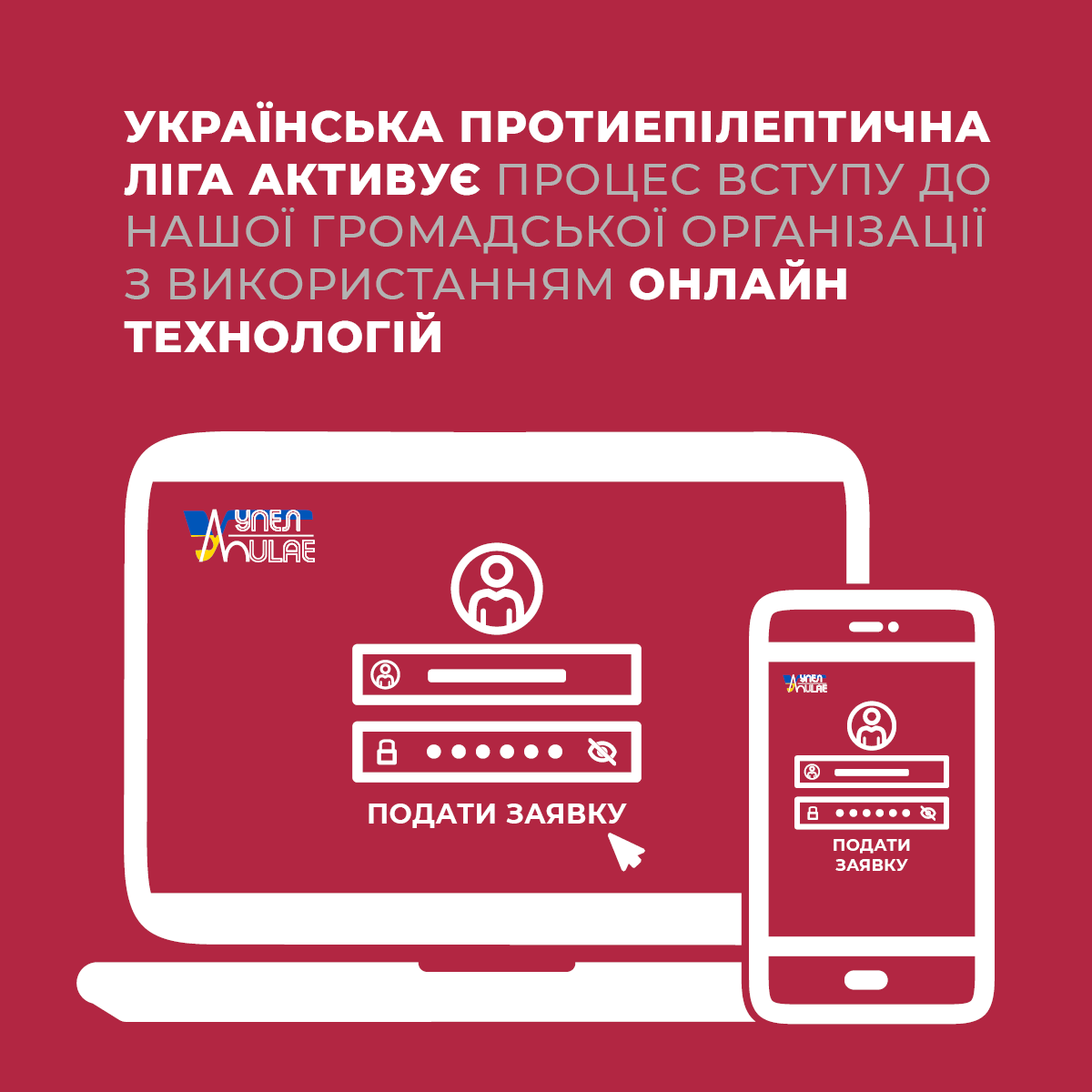Editor’s Choice vol. 85: Barbara Mostacci et al., Alternatives to valproate in girls and women of childbearing potential with Idiopathic Generalized Epilepsies: state of the art and guidance for the clinician proposed by the Epilepsy and Gender Commission of the Italian League Against Epilepsy (LICE).
Markus Reuber MD PhD, Academic Neurology Unit, University of Sheffield, Royal Hallamshire Hospital, Glossop Road, Sheffield, S10 2JF
Since the serendipitous discovery of its anticonvulsant properties in 1962 (1), sodium valproate, previously thought of as a metabolically inert solvent for organic compounds, has gone on to become the world’s most widely prescribed antiseizure medicine (2). Unfortunately, subsequent experience has shown that sodium valproate does not only have therapeutic, but also adverse effects: After a letter published in The Lancet in 1980 had raised initial concern about the teratogenic potential of valproate in animal models (3), a birth defects monitoring system in France detected a relatively high rate of sodium valproate use in mothers of children born with neural tube defects, and a combination of features collectively termed fetal valproate syndrome was first described in 1984 (4). In 2004, the evidence of teratogenicity was strengthened by a study of longer-term developmental outcomes demonstrating a significantly lower verbal IQ in those whose mothers had taken valproate during pregnancy (5). Several subsequent confirmed that in utero exposure to this drug was causally linked to a range of neurodevelopmental problems, such as autism and developmental delay in up to 40% of exposed children (6-9).
In view of this mounting evidence, in February 2018, the European Medicines Agency (EMA) recommended that VPA should only be used in women of childbearing age if their epilepsy has not responded to other AEDs, and if they are enrolled in a pregnancy prevention programme (‘PREVENT’) (10). Concerns about the use of valproate have also increased among young women not actively planning pregancy in view of evidence documenting the potential of this drug to cause Polycystic Ovary Syndrome, a disorder associated with reduced fertility and a number of other longterm complications (11).
However, in parallel with the discoveries about the potential of sodium valproate to cause serious adverse effects this drug has also been confirmed to be the most effective antiepileptic drug when an idiopathic generalised epilepsy (IGE) syndrome is suspected (12-13). The dilemma raised for young women with IGE and their clinicians by the clear evidence of potential of harm on the one hand and the equally clear evidence of therapeutic advantages over alternative medicines on the other has given rise to complex ethical debates which have featured previously in Seizure (14).
My Editor’s Choice from the current volume of Seizure, a “state of the art and guidance” document written by Barbara Mostacci et al. on behalf of the Italian branch of the ILAE (15), is intended to help those affected by the valproate dilemma by summarising what is known about the effectiveness of alternatives to valproate in a range of different IGE treatment scenarios. Mostacci et al. have used what evidence there is from a number of rather heterogeneous studies to provide detailed treatment algorithms, which go well beyond initial alternative antiseizure medicine choices for particular types of IGE. The evidence Mostacci et al. have gathered for this document does not remove the dilemma, but it should allow its readers to make the best possible choice in a difficult situation.
References
- Meunier H, Carraz G, Neunier Y, Eymard P, Aimard M. [Pharmacodynamic properties of N-dipropylacetic acid]. Therapie 1963;18:435-8. [Article in French].
- Perucca E . Pharmacological and therapeutic properties of valproate: a summary after 35 years of clinical experience. CNS Drugs 2002;16: 695–714.
- Brown N A, Kao J, Fabro S. Teratogenic potential of valproic acid. Lancet 1980;v. 1,8169:660-661
- Diliberti J H et al. The fetal valproate syndrome. Am J Med Genet 1984;19: 473-481.
- Adab N et al. The longer term outcome of children born to mothers with epilepsy. J Neurol Neurosurg Psychiatry 2004;75: 1575-1583
- Meador K J et al. Cognitive function at 3 years of age after fetal exposure to antiepileptic drugs. N Engl J Med 2009;360:1597-1605.
- Bomley R L et al. Early cognitive development in children born to women with epilepsy: a prospective report. Epilepsia 2010;51: 2058-2065.
- Cummings C et al. Neurodevelopment of children exposed in utero to lamotrigine, sodium valproate and carbamazepine. Arch Dis Child 2011;96:643-647.
- Bromley R L et al. The prevalence of neurodevelopmental disorders in children prenatally exposed to antiepileptic drugs. J Neurol Neurosurg Psychiatry 2013;84:637-43.
- European Medicines Agency. Valproate and related substances. EMA/145600/2018.2018. http://www.ema.europa.eu/ema/index.jsp?curl=pages/medicines/human/referrals/ Valproate_and_related_substances/human_referral_prac_000066.jsp& mid=WC0b01ac05805c516f.
- Isojärvi JIT, Taubøll E, Herzog AG. Effect of Antiepileptic Drugs on Reproductive Endocrine Function in Individuals with Epilepsy". CNS Drugs 2005;19:207–223.
- Marson A G et al. The SANAD study of effectiveness of valproate, lamotrigine, or topiramate for generalised and unclassifiable epilepsy: an unblinded randomised controlled trial. Lancet 2007;369:1016-1026, Mar 2007.
- Marson A G et al. The SANAD II study of effectiveness of valproate or levetiracetam in generalised and unclassifiable epilepsy: an un-blinded randomised controlled trial. Epilepsia, 2019,60:25 cited from: https://www.cochranelibrary.com/central/doi/10.1002/central/CN-02095526/full?cookiesEnabled
- Davies P, Reuber M, Grunewald R, Howell S, Dickson J, Dennis G, Shanmugarajah P, Tsironis T, Brockington A. The impact and challenges of the 2018 MHRA statement on the use of sodium valproate in women of childbearing age during the first year of implementation, in a UK epilepsy centre. Seizure 2020;79:8-13.
- Mostacci B et al., Alternatives to valproate in girls and women of childbearing potential with Idiopathic Generalized Epilepsies: state of the art and guidance for the clinician proposed by the Epilepsy and Gender Commission of the Italian League Against Epilepsy (LICE). Seizure 2021;85:26-38.
Вибір редактора том 85: Barbara Mostacci et al., Альтернативи вальпроату у дівчат та жінок дітородного потенціалу з Ідіопатичними Генералізованими Епілепсіями: сучасний стан та рекомендації для клініциста, запропоновані Комісією з Епілепсії та Гендерних Питань Італійської Протиепілептичної Ліги (LICE).
Markus Reuber MD PhD, Академічне відділення неврології, університет Шеффілда, Королівська лікарня Халламшира, Glossop Road, Sheffield, S10 2JF
З тих пір як у 1962 році завдяки щасливому випадку були відкриті його протисудомні властивості (1), вальпроат натрію, який раніше вважався метаболічно інертним розчинником органічних сполук, став самим широко призначаємим у світі протиепілептичним препаратом (ПЕП) (2). На жаль, подальший досвід показав, що вальпроат натрію має не тільки терапевтичний, але й несприятливий ефект: після того, як у листі, опублікованому The Lancet у 1980 р., була висловлена початкова стурбованість потенціальним тератогенним ефектом вальпроату на експериментальних моделях (3), система моніторингу вроджених дефектів у Франції виявила відносно високий рівень використання натрію вальпроату у матерів дітей, які народилися з дефектами нервової трубки, і поєднання ознак, спільно названих фетальним синдромом вальпроату, який вперше було описано у 1984 році (4). У 2004 році дані про тератогенність були підсилені результатами довгострокового дослідження, що продемонструвало значно нижчий рівень IQ у тих, чиї матері приймали вальпроат під час вагітності (5). Кілька подальших досліджень підтвердили, що внутрішньоутробний вплив цього препарату був причинно пов'язаний з низкою проблем нейророзвитку, таких як аутизм та затримка розвитку приблизно у 40% дітей, які зазнали ризику (6-9).
З огляду на ці велику доказову базу, у лютому 2018 року Європейське агентство з лікарських засобів (EMA) рекомендувало застосовувати вальпроат лише жінкам дітородного віку, якщо в них епілепсія не реагувала на інші ПЕП та якщо вони включені у програму профілактики вагітності (‘PREVENT’) (10). Побоювання з приводу застосування вальпроату також зросли серед молодих жінок, які активно не планували вагітність, через докази, що підтверджують здатність цього препарату викликати синдром полікістозних яєчників, розлад, пов'язаний зі зниженням фертильності і рядом інших довгострокових ускладнень (11).
Однак паралельно з відкриттями про потенціал вальпроату натрію спричинити серйозні побічні ефекти, також було підтверджено, що цей препарат є найефективнішим антиепілептичним препаратом при підозрі ідіопатичну генералізовану епілепсію (ІГЕ) (12-13). Дилема, поставлена перед молодими жінками з ІГЕ та їх клініцистами через чіткі докази потенціальної шкоди, з одного боку, і не менш чіткі докази терапевтичних переваг перед альтернативними лікарськими засобами, з іншого, породила складні етичні дискусії, про які йшлося раніше в журналі «Seizure» (14).
Мій Вибір як редактора з поточного тому " Seizure " – стаття що написаний Barbara Mostacci et al. яка є представником Італійської протиепілептичної ліги, яка є активним членом МПЕЛ (15). Ця робота покликана допомогти тим, хто страждає від дилеми призначення вальпроату, яка описана вище. Підсумовуючи те, що відомо про ефективність альтернатив вальпроату в ряді різних сценаріїв лікування ІГЕ Mostacci et al. використовували дані, що підтверджуються низкою досить неоднорідних досліджень, щоб надати детальні алгоритми лікування, які виходять далеко за рамки початкового альтернативного вибору протиепілептичних ліків для певних типів ІГЕ. Докази Mostacci et al., які зібрані у цьому документі, не знімає дилеми, але дозволяють читачам зробити найкращий можливий вибір у цій складній ситуації.
Література
- Meunier H, Carraz G, Neunier Y, Eymard P, Aimard M. [Pharmacodynamic properties of N-dipropylacetic acid]. Therapie 1963;18:435-8. [Article in French].
- Perucca E . Pharmacological and therapeutic properties of valproate: a summary after 35 years of clinical experience. CNS Drugs 2002;16: 695–714.
- Brown N A, Kao J, Fabro S. Teratogenic potential of valproic acid. Lancet 1980;v. 1,8169:660-661
- Diliberti J H et al. The fetal valproate syndrome. Am J Med Genet 1984;19: 473-481.
- Adab N et al. The longer term outcome of children born to mothers with epilepsy. J Neurol Neurosurg Psychiatry 2004;75: 1575-1583
- Meador K J et al. Cognitive function at 3 years of age after fetal exposure to antiepileptic drugs. N Engl J Med 2009;360:1597-1605.
- Bomley R L et al. Early cognitive development in children born to women with epilepsy: a prospective report. Epilepsia 2010;51: 2058-2065.
- Cummings C et al. Neurodevelopment of children exposed in utero to lamotrigine, sodium valproate and carbamazepine. Arch Dis Child 2011;96:643-647.
- Bromley R L et al. The prevalence of neurodevelopmental disorders in children prenatally exposed to antiepileptic drugs. J Neurol Neurosurg Psychiatry 2013;84:637-43.
- European Medicines Agency. Valproate and related substances. EMA/145600/2018.2018. http://www.ema.europa.eu/ema/index.jsp?curl=pages/medicines/human/referrals/ Valproate_and_related_substances/human_referral_prac_000066.jsp& mid=WC0b01ac05805c516f.
- Isojärvi JIT, Taubøll E, Herzog AG. Effect of Antiepileptic Drugs on Reproductive Endocrine Function in Individuals with Epilepsy". CNS Drugs 2005;19:207–223.
- Marson A G et al. The SANAD study of effectiveness of valproate, lamotrigine, or topiramate for generalised and unclassifiable epilepsy: an unblinded randomised controlled trial. Lancet 2007;369:1016-1026, Mar 2007.
- Marson A G et al. The SANAD II study of effectiveness of valproate or levetiracetam in generalised and unclassifiable epilepsy: an un-blinded randomised controlled trial. Epilepsia, 2019,60:25 cited from: https://www.cochranelibrary.com/central/doi/10.1002/central/CN-02095526/full?cookiesEnabled
- Davies P, Reuber M, Grunewald R, Howell S, Dickson J, Dennis G, Shanmugarajah P, Tsironis T, Brockington A. The impact and challenges of the 2018 MHRA statement on the use of sodium valproate in women of childbearing age during the first year of implementation, in a UK epilepsy centre. Seizure 2020;79:8-13.
- Mostacci B et al., Alternatives to valproate in girls and women of childbearing potential with Idiopathic Generalized Epilepsies: state of the art and guidance for the clinician proposed by the Epilepsy and Gender Commission of the Italian League Against Epilepsy (LICE). Seizure 2021;85:26-38.





